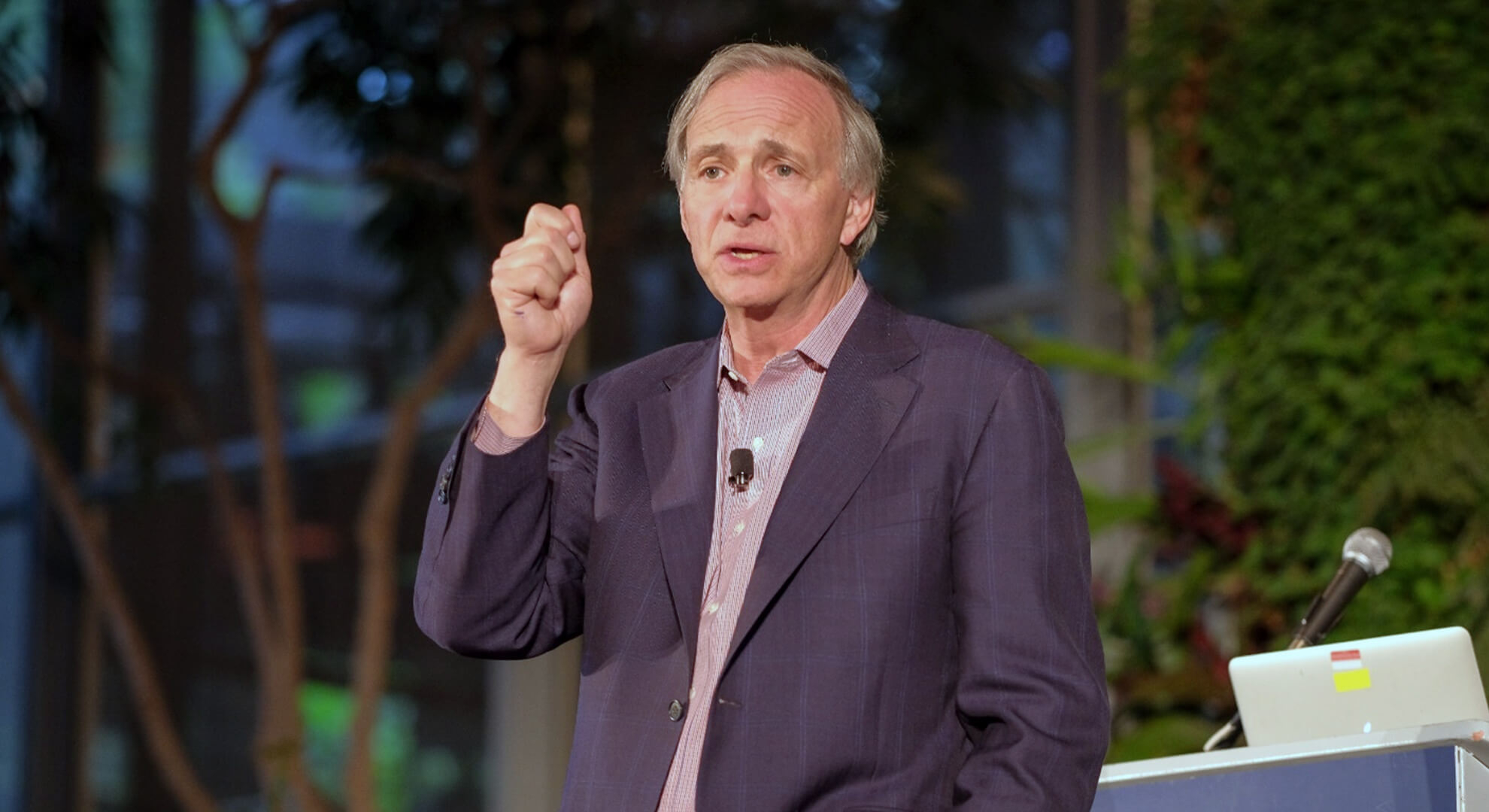This article presents key takeaways from a keynote by distinguished investor Ray Dalio, Founder, Co-Chairman and Co-Chief Investment Officer of Bridgewater Associates, on his systemised approach to decision-making. This has helped Ray, who wrote the best-selling book Principles, to achieve significant success in work and life. Ray delivered this keynote at the Bridge Forum 2019, a unique experience co-created by GIC and the Singapore Economic Development Board (EDB) to guide businesses through technology disruption.
Artificial Intelligence (AI) is evolving rapidly, but it is not new. Professional investors first used AI in 1953 and various forms of AI have been employed since. The same principles that historically have driven successful investing have been applied to AI at every step of the way. Each time, we have developed better collective decision-making, with outcomes stronger than those that would have resulted from individual decision-making.
Computational clarity: asking the right questions
Making decisions with algorithms means having better tools to manage the same elements that have guided successful investor strategy. It also means asking the right questions, including:
Is there a deep understanding of the market?
This is arguably the key question. Applying AI needs to be derived from a deep understanding of the market, otherwise issues will arise. It is not a matter of using algorithms to make decisions, but converting decisions based on a deep understanding of the market into algorithm.
Is there an iterative process?
Decades ago, investors would literally write down their reasons for making each investment decision. They would then follow how each trade performed relative to expectations, and over time, build a decision set to guide future investing. Today, we still need to make our investment rationales as explicit as possible — and even more so. With the right clarity, computers can then make the decisions.
Deciding on the decision-making criteria
The most important element of any decision-making process is not the decision itself, but the thinking about the decision-making criteria. When one focuses on the criteria, one will begin to see the same things happening over and over. Thereafter, when similar situations develop, one will have gained the right perspective and criteria to act on it.
Computers can do much more than the human brain can and at scale. That is irrefutable. Concurrently, there are plenty of smart, experienced people, who not only have clarity of thought, but the ability to code these decisions and processes into machine language. Humans can play in parallel with computers. Machine learning can make superior decisions in ways the human mind cannot grapple with, but they require a clarity that they cannot themselves derive. The human mind understands and invents, while algorithms process and execute. By reconciling machine and man, both sides continually correct and improve each other. That is the basic upshot.
Lifetimes of experience
The top, experienced investors are the ones who have seen the same thing happen over and over again, and are able to act on them. When they are surprised by events, it often is not because these incidents have not happened before but because these events have yet to take place in these investors’ lifetimes.
While the human body has its inherent limits, technology and machines do not. The rules are timeless and universal, and the rules have to inform our algorithms. We need to take our historic thinking, and with the processing power of AI, run its cause-and-effect relationships through time. That way we can provide unexpected clarity for investors, know exactly what our game plans are on the front end, and deal with anomalies more quickly on the back end. A side benefit to this powerful approach is that it reduces emotional stress for everyone involved.







